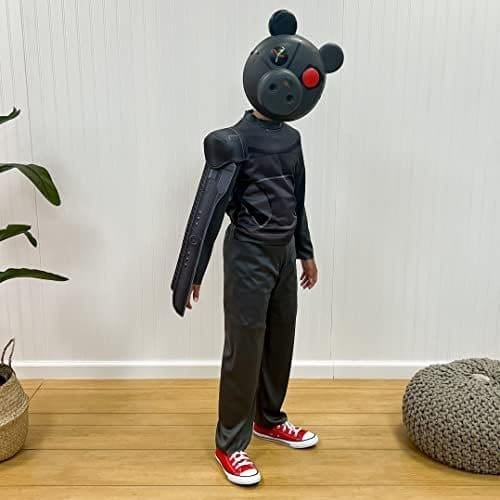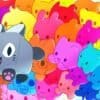With the new anime film The Lord of the Rings: The War of the Rohirrim out now, a familiar argument has emerged in some circles regarding how, or why, a new story can be told from LOTR creator J.R.R. Tolkien’s finite body of work. Based on Tolkien’s appendices, the new film essentially takes basic “facts” from Middle-earth history and then fills in some of the blanks, telling a brand new tale about a young woman named Héra that takes place some 180 years before The Fellowship of the Ring.
And as we saw with the release of The Rings of Power Amazon Prime series, which is also painting in the margins of Tolkien’s famous works, there’s also an element of fandom who come out hard against a franchise if they don’t like the way certain elements, characters, or what have you are being portrayed. Call it toxic fandom, call it the vocal minority, or just ignore it completely, but there’s no denying that the internet has become a megaphone for such voices in a way that wasn’t the case when the original Peter Jackson trilogy was released.
Philippa Boyens, who co-wrote the story and produced The War of the Rohirrim, should know, as she also co-wrote Jackson’s Lord of the Rings and The Hobbit film trilogies. But she says she and her fellow filmmakers didn’t take these types of reactions into consideration when making War of the Rohirrim.
“I don’t think you can,” she recently told me. “Tolkien didn’t just write books. He wrote an entire mythology of vast, incredible work which is so detailed and so complex and works on so many different layers, and you can just leave that alone and not touch it. But he himself did not want that. And he himself said that he wanted other minds to come to it, bringing music and art and drama to it. So he had a sense of that at some stage, because I think what he knew about myth is it cannot be immutable.”
As Boyens says, the books aren’t going anywhere regardless of how many spin-offs or new adaptations are made in whatever medium.
“We can’t do anything to those books,” the writer continued. “Those books are going to stand as these masterpieces hopefully until the end of time. We can’t ruin them. So people who come at you saying, ‘Oh, you ruined this or you ruined that,’ all we did was we presented you with an adaptation of this work. And some people will come to it and relate to it, and some people won’t. And sometimes the criticism is justified and sometimes it isn’t.”
With that philosophy also comes strict guidelines in terms of if, how, and when to change anything from pre-established works: Don’t change things lightly, and don’t do it for no reason.
“Make sure that you know what that reason is and it’s a really good storytelling reason why you’re having to make that change,” she said. “If you are adding, make it as authentic as you can possibly make it. So we didn’t just draw upon Éowyn [from Lord of the Rings] for [a template for] Héra. We drew upon women from early English history that Tolkien himself would’ve been familiar with.”
Indeed, Boyen’s cites Æthelflæd as an inspiration for the character, “another daughter of kings, who her father dies, her husband is killed, her brother is besieged, her people are under attack, and she pulls them together. And first thing she looks to is their defenses. And then once she establishes those defenses, she looks to push them back. And that’s a piece of real history. That’s a character that we could draw on because it felt authentic. So it’s nothing woke about this, guys, if you’re out there!”
Ha! For even more on The War of the Rohirrim, check out Boyens and producer Jason DeMarco discussing how we “can’t ruin” Tolkien’s books.













Add comment